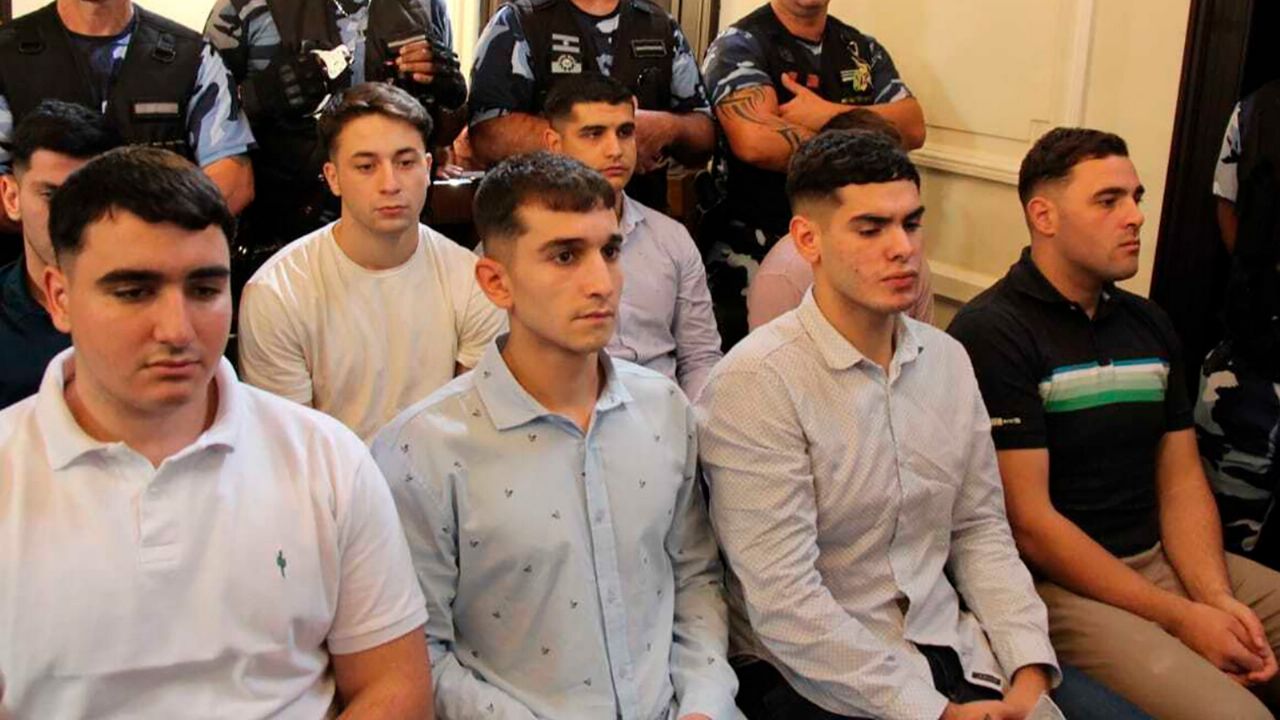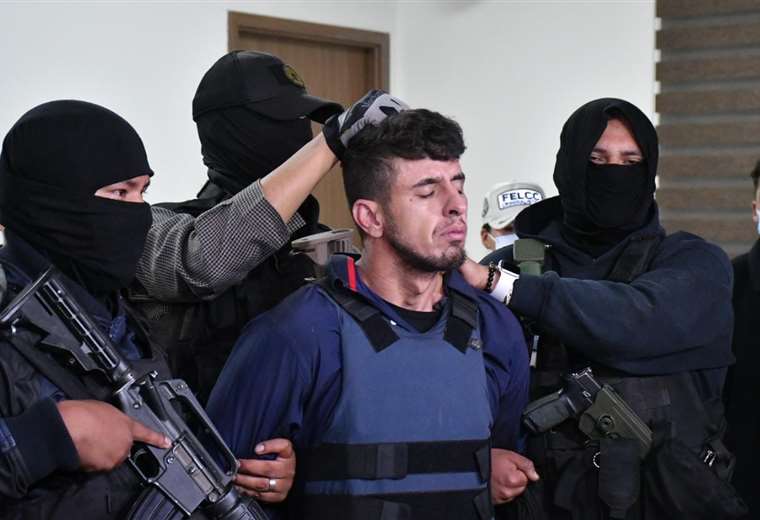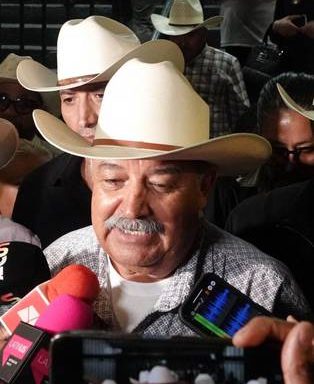After three years of waiting, and a sensitive and dramatic trial, the Oral Criminal Court No. 1 of Dolores announced the sentence to the eight rugby players accused of murdering Fernando Baez Sosa.
Judges María Claudia Castro, Christian Rabaia and Emiliano Lázzari found that the eight rugby players were responsible for ending the life of the studentand were convicted of the crime of Fernando Baez Sosa.
The parents of Fernando Baez Sosafamily and friends as well as hundreds of citizens who settled on the outskirts of the Court, while the verdict was known.
According to the established by the judges, Máximo Thomsen, who from the beginning was the one most involved in the crime, was sentenced to life imprisonment (35 years) together with Ciro Pertossi, Enzo Comelli, Matías Benicelli and Luciano Pertossi, for being responsible co-authors. of the crime of doubly qualified homicide with treachery and by the premeditated concurrence of two or more people.
For his part, Ayrton Viollaz, Blas Cinalli and Lucas Pertossi will pay a sentence of 15 years, considering them secondary participants in the same crime. However, the defendants may file appeals, if they consider it necessary.
Minutes before the sentencing, Gabriela Sosa, the victim’s mother, assured the media “The time for sentencing has finally arrived, we are confident that justice will be done for Ferdinand. Three years have passed but for us it was yesterday. We want to get justice so he can rest in peace. I know he is with me right now.”
It should be remembered that the trial lasted three weeks. In the process, 87 witnesses appeared, in addition to decisive evidence by the prosecutors, which were key to establishing the level of guilt and responsibility of each of the rugbiers.
how Ferdinand died
On January 18, 2020, outside the “Le Brique” bowling alley, in Villa Gesell, a group of eight rugby players brutally beat Ferdinanduntil death. During the trial, Diego Duarte, the doctor who performed the autopsy, maintained that the student he did not die from traumatic cardiac arrest.
“He died traumatically, the product of traumatic cardiac arrest due to neurogenic shock produced by multiple head injuries that generated massive intracranial hemorrhage without bone fracture”.
The doctor also explained that due to the blows the student’s brain suffered irreversible damage, so he had no chance of surviving.

















